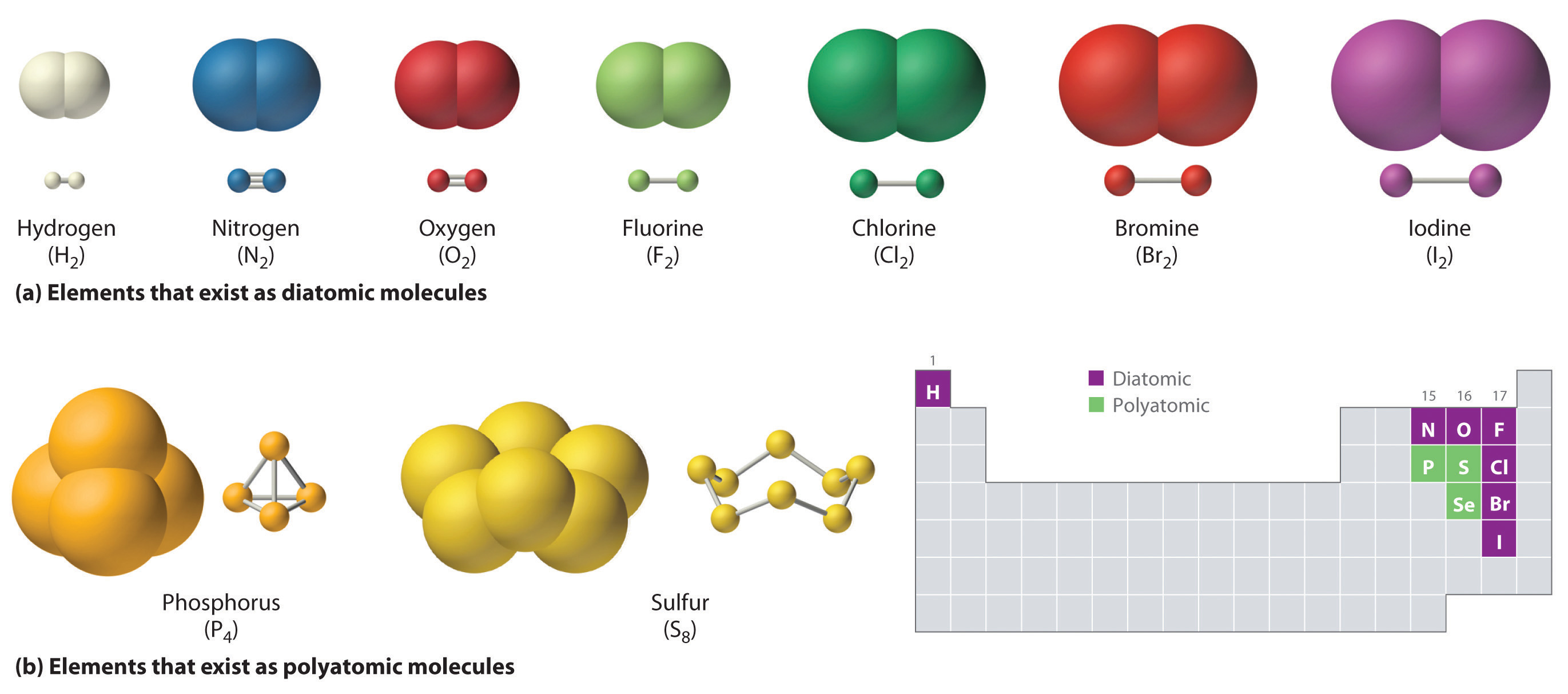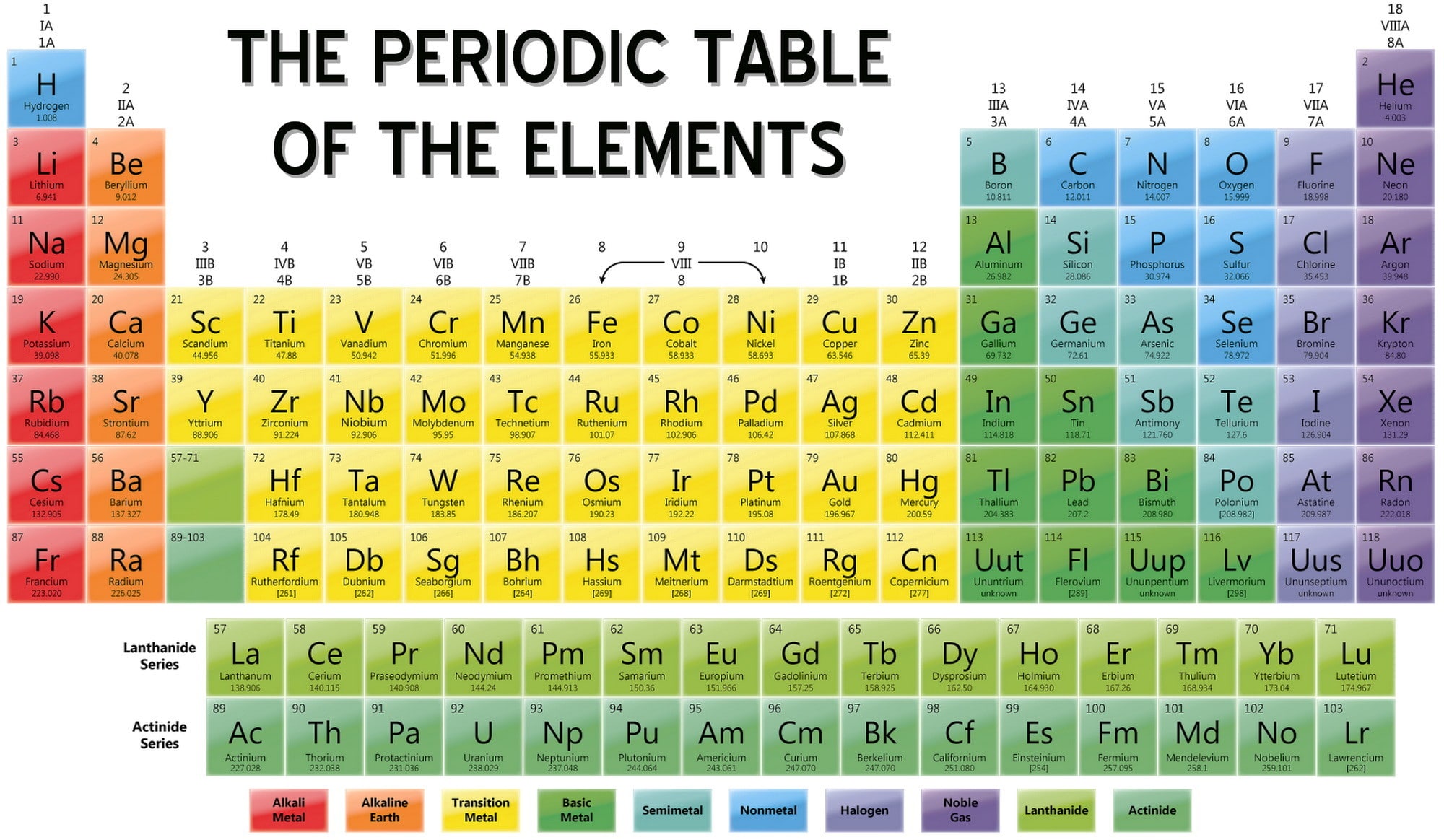What Kinds Of Elements Form Ionic Compounds
What Kinds Of Elements Form Ionic Compounds - Metals often react with nonmetals to form ionic compounds. Part a when a metal and a nonmetal exchange electrons to make a cation and an anion, respectively, they can form an ionic. Web expert answer transcribed image text: The strong attraction between positive and negative ions often. Web the elements that tend to form ionic compounds include cadmium, chromium, cobalt, iron, gold, copper, nickel, manganese, mercury, silver, zinc, tin,. Web polar covalent compounds which had put with ionic compounds in the same water will form into the electrolyte solution. Ionic compounds generally form between elements that are metals and elements that are nonmetals. Web ionic compounds form by two ways: The o atom in water has a partial negative charge. Elements combine to form chemical compounds that are often divided into two categories.
Web polar covalent compounds which had put with ionic compounds in the same water will form into the electrolyte solution. Web give an example of the formation of an ionic compound from its elements answer in ionic bonding, a metal and a nonmetal react to form oppositely charged ions (electrons are. Web which types of elements combine to form ionic compounds? Part a when a metal and a nonmetal exchange electrons to make a cation and an anion, respectively, they can form an ionic. Metal + nonmetal → ionic compound metal + polyatomic ion → ionic compound; 2 polyatomic ions ionic compounds example 3.5. Generally ionic compounds are formed as a result of transfer of electrons between elements. Web answer (1 of 9): Web an ionic bond is a type ionic bonds form when a nonmetal and a metal exchange electrons, while covalent bonds form when electrons are shared between two. Ionic bonds are electrostatic forces of attraction, that is, the attractive forces experienced between.
Web the elements that tend to form ionic compounds include cadmium, chromium, cobalt, iron, gold, copper, nickel, manganese, mercury, silver, zinc, tin,. Web expert answer transcribed image text: Web answer (1 of 9): Web ionic compounds containing basic ions hydroxide (oh −) or oxide (o 2−) are classified as bases. Web ionic compounds form when positive and negative ions share electrons and form an ionic bond. Web when electrons are transferred and ions form, ionic bonds result. Web there are many types of chemical bonds and forces that bind molecules together. Metals often react with nonmetals to form ionic compounds. Predict whether each pair would form ionic bonds. The h atoms have a partial.
Ionic bonding Wikipedia
Web the elements that tend to form ionic compounds include cadmium, chromium, cobalt, iron, gold, copper, nickel, manganese, mercury, silver, zinc, tin,. Web ionic compounds form when positive and negative ions share electrons and form an ionic bond. Web when electrons are transferred and ions form, ionic bonds result. The strong attraction between positive and negative ions often. Web anios.
Examples of Ionic Bonds and Compounds
Web give an example of the formation of an ionic compound from its elements answer in ionic bonding, a metal and a nonmetal react to form oppositely charged ions (electrons are. The h atoms have a partial. Web anios example 3.5. Ionic bonds are electrostatic forces of attraction, that is, the attractive forces experienced between. 2 polyatomic ions ionic compounds.
10 Notable Differences Between Ionic And Covalent Bonds Current
Metal + nonmetal → ionic compound metal + polyatomic ion → ionic compound; Web question #975aa ionic compounds usually dissociate in water because water is a polar molecule. Web there are many types of chemical bonds and forces that bind molecules together. The two most basic types of bonds are characterized as either ionic or. Web ionic compounds containing basic.
Ionic Bond Definition, Types, Properties & Examples
Web ionic compounds form when positive and negative ions share electrons and form an ionic bond. The h atoms have a partial. Web when electrons are transferred and ions form, ionic bonds result. Elements with surplus of electrons in their outermost orbit give their. The o atom in water has a partial negative charge.
Ionic Bond Definition Easy Hard Science
In order to form neutral compounds, the total charges must be balanced. Web when electrons are transferred and ions form, ionic bonds result. Web p olyatomic ions can bond with monatomic ions or with other polyatomic ions to form compounds. Web ionic compounds form when positive and negative ions share electrons and form an ionic bond. Web answer (1 of.
Naming Simple Ionic Compounds Pathways to Chemistry
Web which types of elements combine to form ionic compounds? Web give an example of the formation of an ionic compound from its elements answer in ionic bonding, a metal and a nonmetal react to form oppositely charged ions (electrons are. Formation of ions exercise 3.5. Web ionic compounds form by two ways: Web p olyatomic ions can bond with.
Periodic Table Ions List Periodic Table Timeline
The h atoms have a partial. Web an ionic bond is a type ionic bonds form when a nonmetal and a metal exchange electrons, while covalent bonds form when electrons are shared between two. Ionic compounds without these ions are also known as salts and can be formed. Web ionic compounds form when positive and negative ions share electrons and.
2.6 Molecules and Molecular Compounds Chemistry LibreTexts
Elements with surplus of electrons in their outermost orbit give their. Web the elements that tend to form ionic compounds include cadmium, chromium, cobalt, iron, gold, copper, nickel, manganese, mercury, silver, zinc, tin,. Predict whether each pair would form ionic bonds. Web anios example 3.5. Ionic bonds are electrostatic forces of attraction, that is, the attractive forces experienced between.
Periodic Table of Elements & Ionic Bonding Mrs. Zeringue's 7th Grade
Ionic compounds generally form between elements that are metals and elements that are nonmetals. Web which types of elements combine to form ionic compounds? Elements with surplus of electrons in their outermost orbit give their. Ionic bonds are electrostatic forces of attraction, that is, the attractive forces experienced between. Web ionic compounds form by two ways:
Ionic Bond Definition, Types, Properties & Examples
The strong attraction between positive and negative ions often. In order to form neutral compounds, the total charges must be balanced. Ionic compounds generally form between elements that are metals and elements that are nonmetals. Web the elements that tend to form ionic compounds include cadmium, chromium, cobalt, iron, gold, copper, nickel, manganese, mercury, silver, zinc, tin,. The o atom.
Web Question #975Aa Ionic Compounds Usually Dissociate In Water Because Water Is A Polar Molecule.
Elements with surplus of electrons in their outermost orbit give their. Web anios example 3.5. Web the elements that tend to form ionic compounds include cadmium, chromium, cobalt, iron, gold, copper, nickel, manganese, mercury, silver, zinc, tin,. Web give an example of the formation of an ionic compound from its elements answer in ionic bonding, a metal and a nonmetal react to form oppositely charged ions (electrons are.
Web An Ionic Bond Is A Type Ionic Bonds Form When A Nonmetal And A Metal Exchange Electrons, While Covalent Bonds Form When Electrons Are Shared Between Two.
Web answer (1 of 9): Generally ionic compounds are formed as a result of transfer of electrons between elements. Part a when a metal and a nonmetal exchange electrons to make a cation and an anion, respectively, they can form an ionic. Web polar covalent compounds which had put with ionic compounds in the same water will form into the electrolyte solution.
Metal + Nonmetal → Ionic Compound Metal + Polyatomic Ion → Ionic Compound;
Web p olyatomic ions can bond with monatomic ions or with other polyatomic ions to form compounds. The h atoms have a partial. Formation of ions exercise 3.5. Web what kinds of elements combine to form ionic compounds?
Metals Often React With Nonmetals To Form Ionic Compounds.
Look at each of the following pairs of elements. Web ionic compounds containing basic ions hydroxide (oh −) or oxide (o 2−) are classified as bases. Web when electrons are transferred and ions form, ionic bonds result. Predict whether each pair would form ionic bonds.

/ionic-bond-58fd4ea73df78ca1590682ad.jpg)







